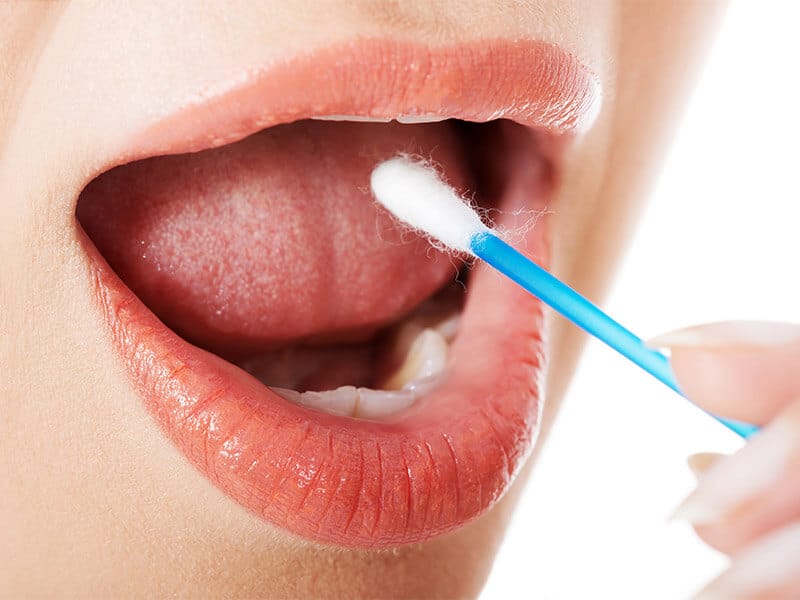DOT oral fluid drug testing has been approved effective 06/01/2023. It’s important to note that as of this date, May 16, 2023; the DOT oral fluid drug testing is not yet operational as no laboratories are currently certified for oral fluid drug testing. More to come on this as the regulations require that for DOT oral fluid drug testing to begin; two or more labs must be certified by the United States Department of Health and Human Services (HHS).
The HHS certification of two or more labs is not expected before the 4th quarter of 2023.
Upcoming Webinars –
DOT Oral Fluid Drug Testing – What you Need to Know!
More Information and Registration
Coming Soon – DOT Oral Fluid Collector Training Programs
DOT oral fluid drug testing will mirror urine specimen testing and will include the DOT 5 Panel Drug Test. The biggest benefit of oral fluid drug testing is that each and every collection is directly observed therefore there are no issues with same gender collections or bathroom requirements. Oral fluid drug testing will help to lessen the possibility of cheating on the drug test.

Another benefit of oral fluid drug testing is the shorter window of detection of the drugs. This is beneficial for reasonable suspicion drug testing and post-accident drug testing, where recent drug use is what is being looked for.
Below are links to pages we have developed to help employers and industry players understand the new DOT oral fluid drug testing program.
Check also our FAQ’s on our FAQ page under category –DOT Drug Testing Compliance
Important Information Regarding DOT Oral Fluid Testing
- DOT oral fluid testing is approved but will not be available until at least two laboratories are certified by SAMHSA both using the same collection device.
- One lab for initial testing and one lab for split specimen retest requests
- Quest and LabCorp have multiple labs so the two labs can be from the same organization
- The employer only will have the decision making authority as to whether to use urine, oral fluid or a combination of both in their DOT drug and alcohol testing program.
- The applicant, employee or collector cannot make the choice to use urine, oral fluid or a combination of both.
- Employers will have the option of collecting specimens in house as they have always had this option with urine specimen testing. Training and qualification is are required.
- Collection facilities will be able to collect both urine and/or oral fluid but only if appropriate supplies are available and collectors are trained and qualified for the specimen type being collected.
- Urine testing collectors will need separate training and qualification for oral fluid collections including mock collections for oral fluid.
- Employers are encouraged to provide “Standing Orders” to collection facilities as to their instructions on use of urine or oral fluid and perhaps when to switch from urine to oral fluid or from oral fluid to urine.
- There is one instance where an oral fluid collection will be required:
- When a direct observation collection is required, and the donor identifies as non-binary or transgender; the direct observation collection must be with oral fluid.
- Some scenarios where oral fluid drug testing might be more beneficial:
- Remote areas where finding urine collection site is difficult
- After hours testing particularly for post-accident and reasonable suspicion testing
- Anytime a direct observation collection is required
- In cases of a shy bladder on a urine collection to eliminate the up to 3 hour wait time
- DOT regulations 49 CFR Part 40 have made it clear that the Designated Employer Representative (DER) for a regulated employer must be available to collectors 24-7.






